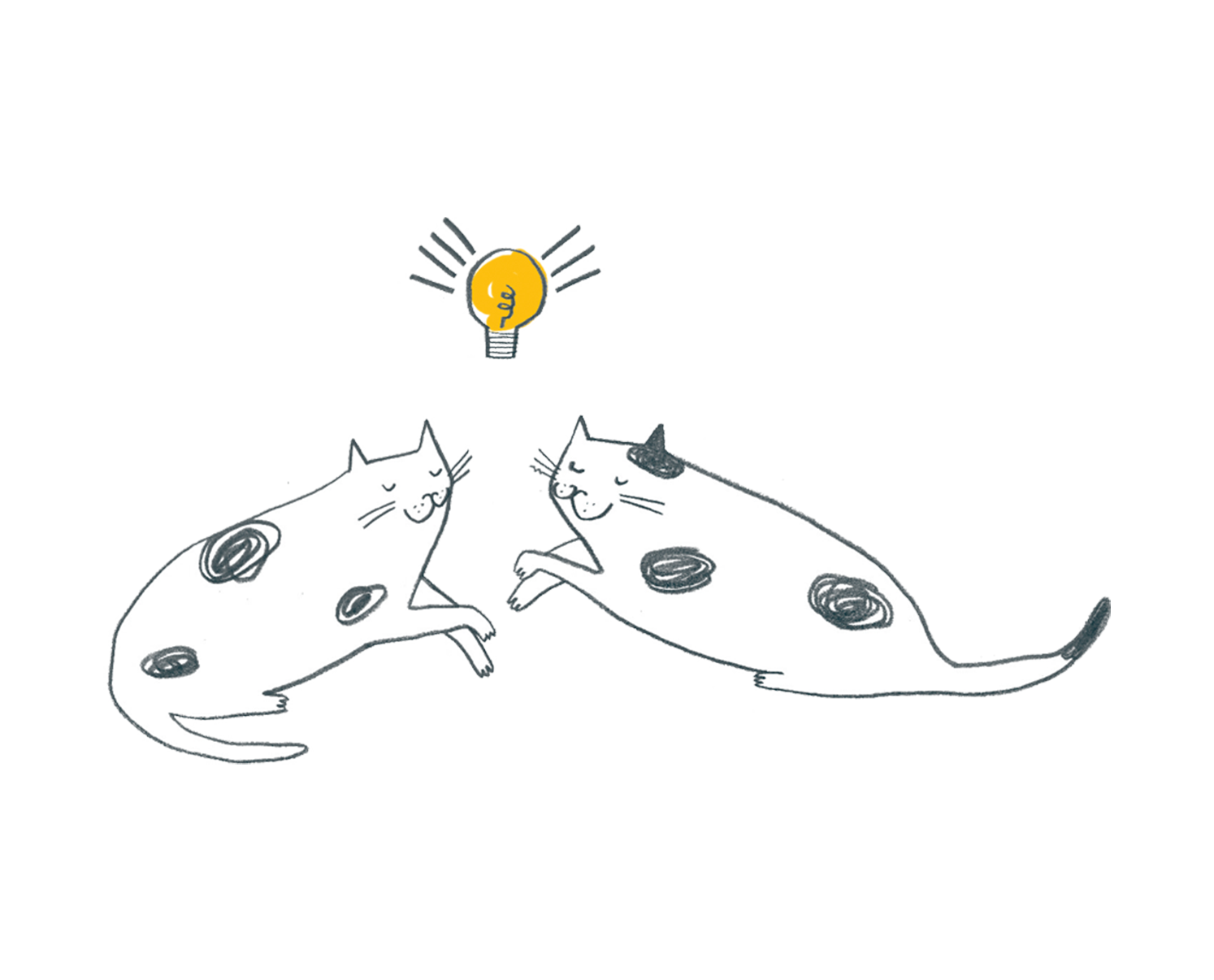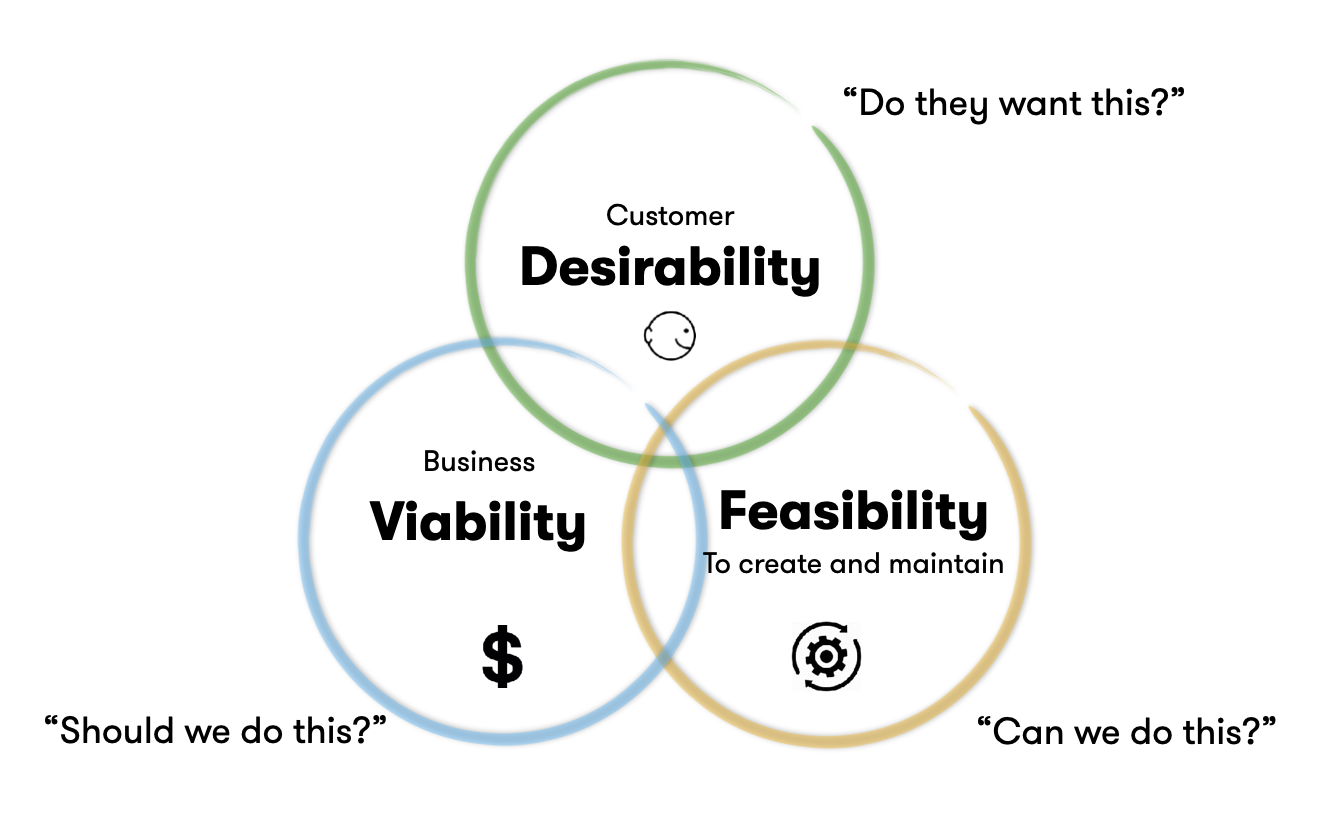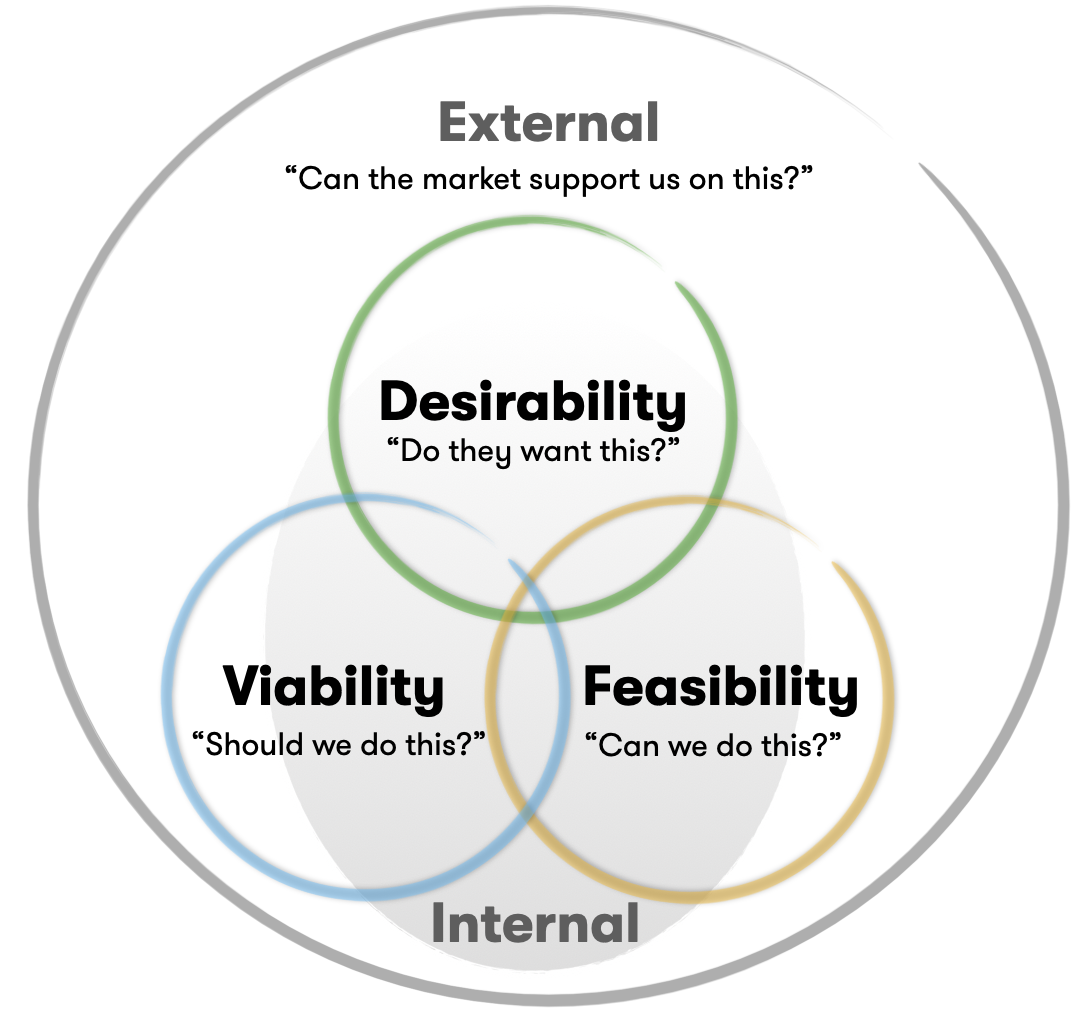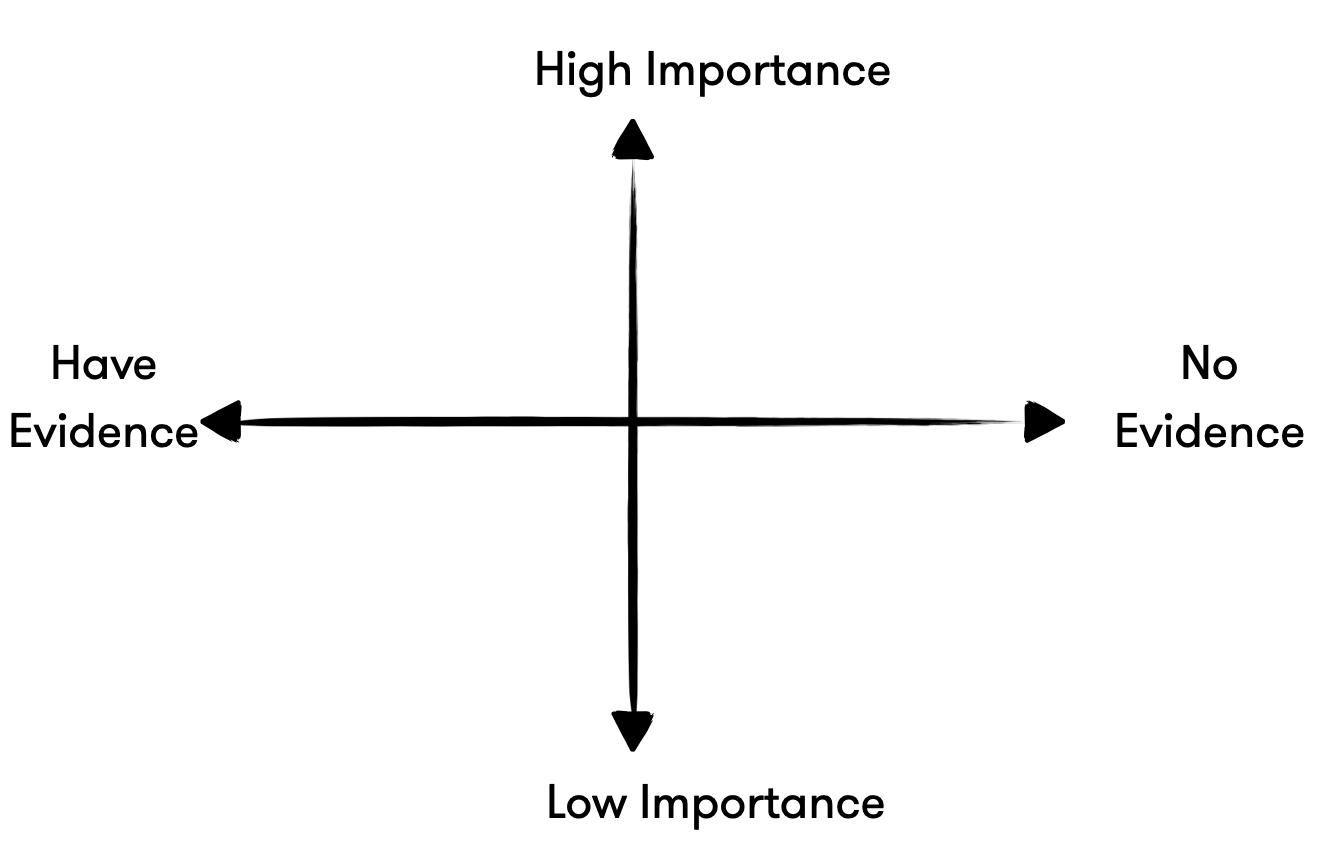Assumptions Mapping in Procurement
Business Agility, Lean Agile Procurement.
Mar 23, 2023 · Anthony Boobier

Assumptions, we all make them; the things that we take to be true without having the evidence to back it up. It can be all too easy, when faced with uncertainty and deadlines, to feel pressured into making quick decisions without that evidence; taking shortcuts by doing things the way we’ve always done them. The danger with procurement, is that we can build a sourcing process based on those assumptions and then expect certainty to come from supplier responses. A Lean Agile Procurement (LAP) approach helps deal with the uncertainty of complex procurement, especially when explicitly calling out assumptions using ‘Assumptions mapping’.
What Is Assumption Mapping?
To understand risk and uncertainty in a sourcing project, we need to ask “What are all the things that need to be true for this to be successful?” This is where Assumptions mapping comes in. We have found this to be a really useful technique when working with organisations and procurement teams early in their sourcing process. The benefits we have seen of making assumptions explicit are:
reducing risk and uncertainty
opening people’s minds to new ideas
shared understanding and agreement on immediate priorities
How do we use it?
Here we outline the steps we go through to run an assumptions mapping session But the key is getting the right people in the same room early enough. This creates alignment and shared understanding. Ideally this is done right up front, at the initialisation phase.
Step 1: Introduce the Concept
Start by giving participants an overview of what assumptions and assumption mapping are. To frame and prompt assumptions, we use the Desirability, Viability and Feasibility (DVF) categories:
Desirability: Do our customers, and our stakeholders want this?
Viability: Should we do this? Is it a priority for us, does it align with our broader organizational goals?
Feasibility: Can we do this? The process on how we will engage with potential providers, what constraints do we have, can we support and maintain this?

Fig 1: DVF
We have found DVF categories hold true for procurement based assumptions brainstorming, but we add an ‘Internal’ and ‘External’ lens. This enables us to call out explicitly what we have control over internally and what support we need externally from key users or the market:
- Internal: The things we have more control or influence over within the context of our organization. These assumptions are more “We / Our” focussed e.g:
‘We have customers who need this solution’
‘We can support the solution with our current people and resources’
- External: This is the external ecosystem - the market and our potential suppliers. These assumptions are ‘They / Their..’ focused e.g:
‘Providers in this space would find working with us on this desirable’
‘There are skills in the local market that can support us on this’

Fig 2: the DVF categories with internal and external lenses
Step 2: Brainstorm
Facilitate a brainstorm session to collect and collate assumptions. Don’t worry about phrasing; get the context and intent. People can get really hung up on ‘is that a risk or assumption’? At this stage we are focussing on intent and breadth of ideas.
Give an example of an assumption to the participants to get them used to the concept. It’s often good to start with something big, like ‘our customer wants this’. Have collateral on the walls can spark that conversation, such as the Lean-Agile Procurement canvas or high-level outcomes for the project.
Make sure as a facilitator if you hear something, call it out, and get them to write it down and post it up; that way they own it. Prompt them with specific questions by referring to the DVF and internal/external lens.
Step 3: Group them
By now you should have an area packed with assumptions. Get the group to review and group them, putting similar stickies together. We have found using silent affinity mapping works really well here.
Step 4: Map them
The next step is to map them out on an Assumptions matrix. In terms of axis labeling that we use for mapping, we take our lead from David J Bland

Fig 3: Assumptions map
The X-axis is the evidence line, from ‘have evidence’ on the left to ‘no evidence’ on the right. There is a reason we use the word ‘evidence’ rather than ‘known’; someone ‘knowing’ something can shut a conversation down. The focus should be on the assumption, so we take our lead from Hitchin’s Razor ‘what can be assumed without evidence, can be dismissed without evidence’. What relevant and recent evidence do we have to back it up?
The Y axis is the Importance line; if we don’t get this assumption right how much will it impact us achieving our desired outcomes? What is the risk that we will fail?
Place all your assumptions on the matrix, do this as a group exercise and remind them that this is qualitative mapping, so ‘roughly where do we think these things belong?’ The result will be a visual output where:
Top right: The high priority assumptions that we need to (in)validate using experiments; our next steps
Top left: The assumptions that we have evidence on and have (in)validated and have therefore become our highest priority risks, how will we mitigate them?

Fig 4: Assumptions map areas of focus
Step 5: Next steps !
Next, take the highest priority assumptions from the top right grid, the ones that have highest importance and no evidence. Create experiments and actions for what needs to be done next to (in)validate them and reduce uncertainty. Review the high priority risks from the top left of the grid, and see how they can be mitigated.
The assumptions matrix is an evolving document, so keep it updated. You will discover new assumptions and (in)validate others, which may become risks, through your experiments. The key is to reduce uncertainty through rapid experiments and feedback loops, by talking to customers, stakeholders and the market directly; involving them early in the process.
Conclusion
Assumption mapping is a powerful way to kick off a LAP process and get people aligned. In fact, it’s a highly effective planning tool for any procurement project, whether or not you choose to apply LAP at the later stages.
The word ‘Assumption’ is so powerful and liberating, it frees people up. We don’t have to have all the answers, we just need to make ‘the things that need answering’ explicit. It reduces that ‘fear-based’ decision making we often see early in the procurement process. It also reduces conflict as you are not challenging someone’s opinion, but the assumption itself; Opinions are ‘contested’, assumptions are ‘tested’.
(This blog is a collaboration with Sarah Blackie CEO at Esby&Co who seek to design better commercial partnerships and procurement experiences)